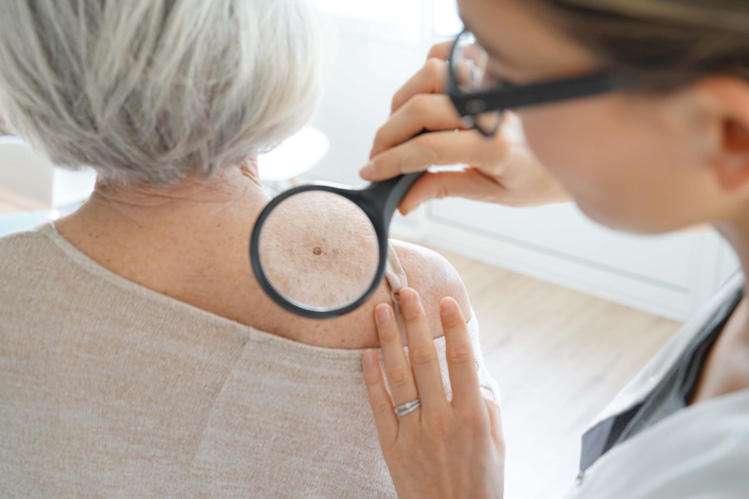Look for an experienced dermatologist for skin care treatment tailored to your needs.
Look for an experienced dermatologist for skin care treatment tailored to your needs.
Blog Article
Navigating Skin Cancer Cells Treatment: The Important Role of Mohs in Modern Dermatology Practices
Skin cancer, an overwhelming medical diagnosis, frequently leaves people grappling with many treatment options. Amongst these, Mohs surgical procedure stands as a beacon in modern-day dermatology, renowned for its meticulous approach to cancer elimination and conservation of bordering healthy cells. This cutting-edge practice promises not just superior cosmetic outcomes but likewise provides immediate results, reducing client anxiety. As we discover the ins and outs of this treatment, one will value its pivotal role in skin cancer cells treatment.
Comprehending Skin Cancer: Kinds and Risks
Skin cancer cells, a possibly deadly malady, is much much more common than lots of people understand. This illness, caused by the unrestrained growth of irregular skin cells, largely results from DNA damages as a result of direct exposure to the sunlight and ultraviolet (UV) light. There are three major sorts of skin cancer: Basic cell carcinoma, Squamous cell cancer, and Cancer malignancy. While the former two are less lethal and make up the bulk of diagnosed instances, melanoma is the most unsafe. It makes up only concerning 1% of skin cancer cases yet causes the large majority of skin cancer cells deaths - skin cancer. Threat variables consist of reasonable skin, background of sunburn, too much sunlight direct exposure, living at high elevations or near the equator, having numerous moles, a family background of skin cancer, and weakened body immune system.
What Is Mohs Surgical treatment and Exactly How It's Changing Skin Cancer Cells Therapy
Regardless of the various therapies presently offered for skin cancer, Mohs surgery stands out as a groundbreaking and extremely effective service. Named after Frederic E. Mohs, the physician that created the treatment, Mohs surgical treatment is a precise surgical method made use of to treat skin cancer. This degree of accuracy, incorporated with the capability to spare as much healthy and balanced tissue as feasible, is reinventing skin cancer treatment.
The Benefits of Mohs Surgical Procedure Over Conventional Skin Cancer Treatments
Building on the ingenious nature of Mohs surgical procedure, it's crucial to consider its countless advantages over standard skin cancer cells treatments. Unlike standard operating procedures, Mohs supplies learn the facts here now a greater cure rate, commonly reaching 99% for novice treatments and 94% for persistent cancers. This precision results from its distinct method of considerably getting rid of and examining cells layers up until just cancer-free cells remain (chemical peel). Furthermore, it decreases damages to healthy and balanced skin, leading to less scarring and improved aesthetic end results. Mohs additionally offers immediate results, eliminating the anxiety-ridden wait typical with other approaches. It's cost-effective, as the surgery and microscopic exam take place concurrently, look these up removing the need for extra laboratory services. Thus, Mohs represents a significant improvement in skin-related practices.
The Treatment of Mohs Surgical Treatment: What to Expect Throughout the Refine

Prospective Adverse Effects and Post-Operative Treatment of Mohs Surgical Procedure
Undertaking Mohs surgical procedure, like any other operation, entails possible adverse effects that patients should understand. Typical side impacts consist of discomfort, bruising, and swelling at the surgical my website treatment website. These are normally short-term and manageable with over-the-counter discomfort medication and ice packs. In uncommon instances, individuals may experience infection, bleeding, or an allergy to the regional anesthetic. Post-operative care is critical to healing and lessening adverse effects. This commonly includes keeping the injury clean and dry, taking recommended medicines, and staying clear of exhausting tasks. People ought to additionally attend all follow-up appointments for wound care and surveillance. In some cases, additional treatments may be necessary to ensure total elimination of the malignant cells. Complying with these post-operative treatment standards can substantially boost recuperation and end results.
Conclusion

Report this page